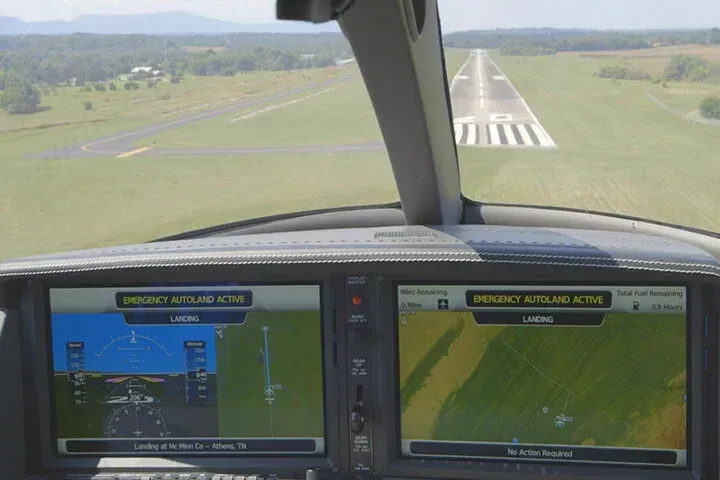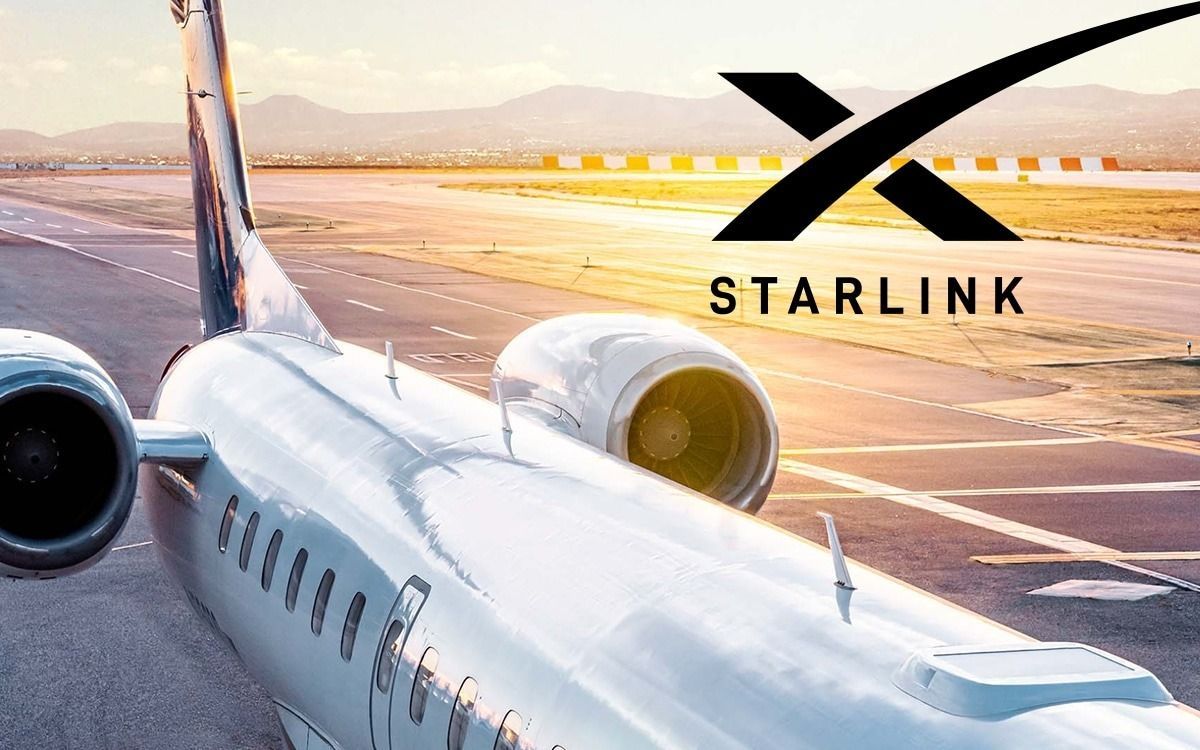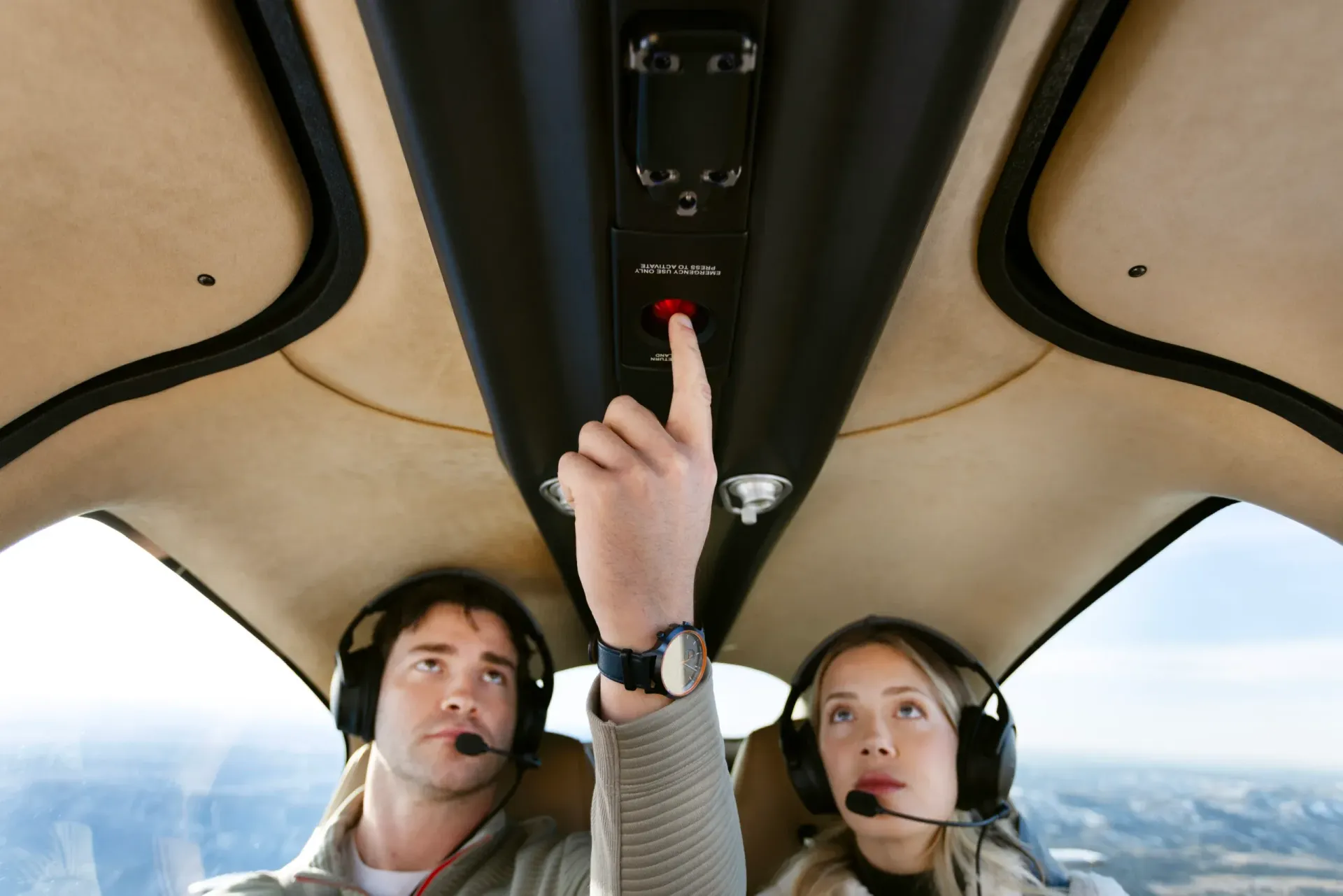Advancing Pilot Safety: The Next Frontier for Garmin Autoland
Advancing Pilot Safety: The Next Frontier for Garmin Autoland

Garmin Aviation has long been a leader in enhancing aviation safety, pioneering features such as Electronic Stability & Protection (ESP), Emergency Descent Mode, Smart Glide, and Smart Rudder Bias. Each of these innovations reflects Garmin’s commitment to supporting pilots in high-stress scenarios, reducing workload, and mitigating risk in the cockpit.
Among these advancements, Garmin Autoland stands out as a transformative safety net for single-pilot operations with non-pilot passengers on board. In the event of pilot incapacitation, a passenger can activate Autoland with the press of a button. The system then autonomously determines the nearest suitable airport—accounting for terrain, weather, runway length, and other critical variables—and safely navigates and lands the aircraft while notifying air traffic control and emergency services. This capability has fundamentally changed the risk landscape for single-pilot flights with passengers.
However, current implementations of Autoland have a notable limitation: the requirement for a passenger to activate the system. In the many single-pilot flights conducted daily, a sudden medical event may leave the pilot unable to engage Autoland in time to prevent loss of control.
This presents a significant opportunity for Garmin, in partnership with airframe manufacturers and other technology providers, to advance pilot safety further.
Garmin’s wearable technology already tracks heart rate and blood oxygen saturation (SpO2). Integrating these biometrics with the aircraft’s avionics and existing carbon monoxide monitoring could enable proactive intervention. For example, if a pilot’s SpO2 levels dropped below a safe threshold or heart rate patterns indicated a potential issue, the system could prompt the pilot via the PFD or MFD with escalating alerts requiring cognitive or motor responses—ranging from acknowledgments to simple problem-solving prompts to assess alertness and detect hypoxia.
Should the pilot fail to respond appropriately, the system could autonomously initiate descent to a safer altitude or activate Autoland without requiring manual input. Such integration could significantly reduce risks associated with in-flight incapacitation during single-pilot operations.
Emerging technologies such as Smart Eye, which monitor driver attentiveness in ground transportation, could further enhance cockpit safety. With modern camera miniaturization and the rise of AI-powered real-time monitoring, future cockpits could continuously assess pilot alertness and engagement with external visual references and avionics cues.
This evolution in safety is well-aligned with the forward-thinking philosophies of innovators like Cirrus Aircraft, who are well-positioned to lead industry-wide adoption of integrated physiological and cognitive monitoring systems tied to automated safety interventions.
Combining Garmin’s leadership in avionics and wearables with advanced AI-driven monitoring technologies could usher in the next era of single-pilot safety, transforming in-flight risk management from reactive to predictive.
The Opportunity:
For Cirrus:
Cirrus has consistently led the way in bringing safety technologies like CAPS and Safe Return Autoland to general aviation. Partnering to integrate physiological monitoring and AI-driven alertness detection with existing safety systems is the logical next step to protect single pilots. Let’s continue shaping the future of flight safety—together.
For Garmin:
Garmin’s pioneering work in both avionics and wearables positions it uniquely to lead the integration of biometric monitoring with flight safety systems. Extending Autoland’s capabilities to detect and act on pilot incapacitation without manual input is the next natural progression in Garmin’s mission to enhance aviation safety and save lives.
For SmartEye:
Smart Eye has set the global standard in driver monitoring systems, and the cockpit is the natural next frontier. By bringing your advanced eye-tracking and cognitive alertness monitoring into aviation, Smart Eye can help transform single-pilot operations from reactive to predictive safety. Partnering with leaders like Garmin and Cirrus, Smart Eye can extend its proven technology into aviation, ensuring pilots remain alert, engaged, and protected—ushering in a new era of proactive flight safety.




